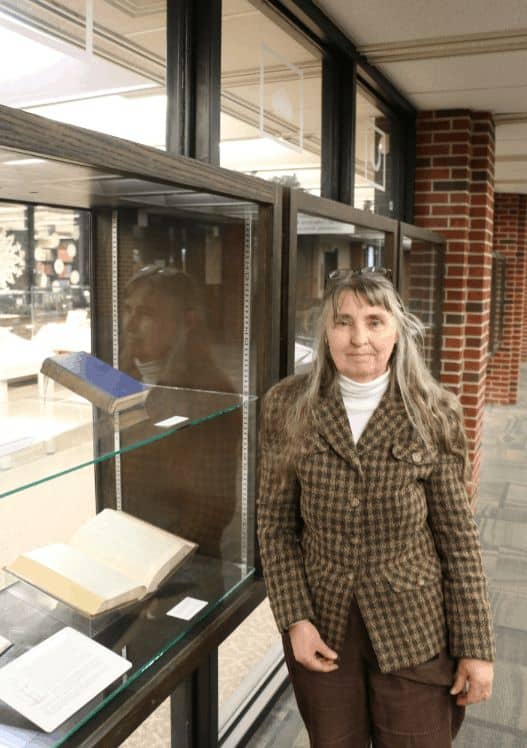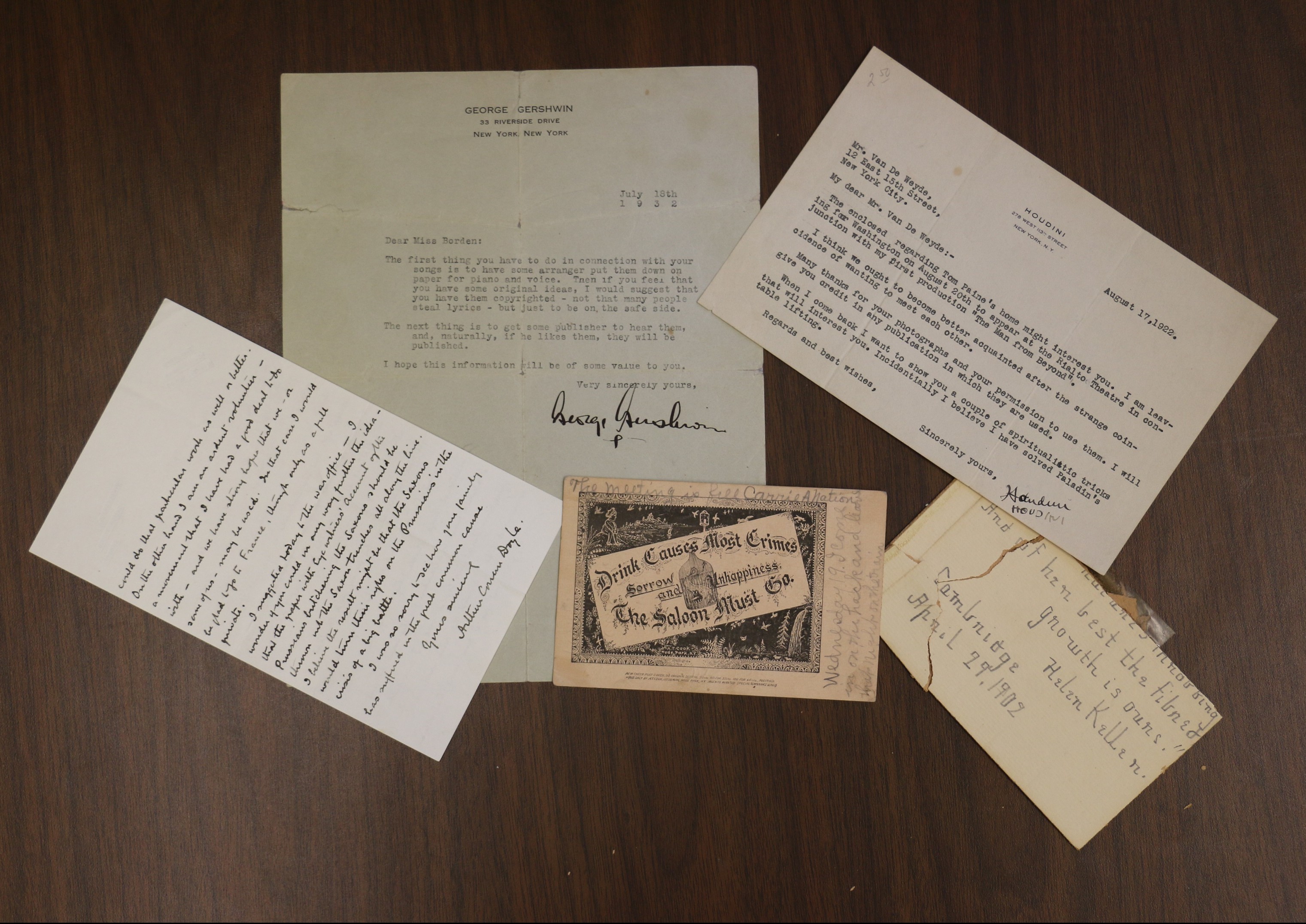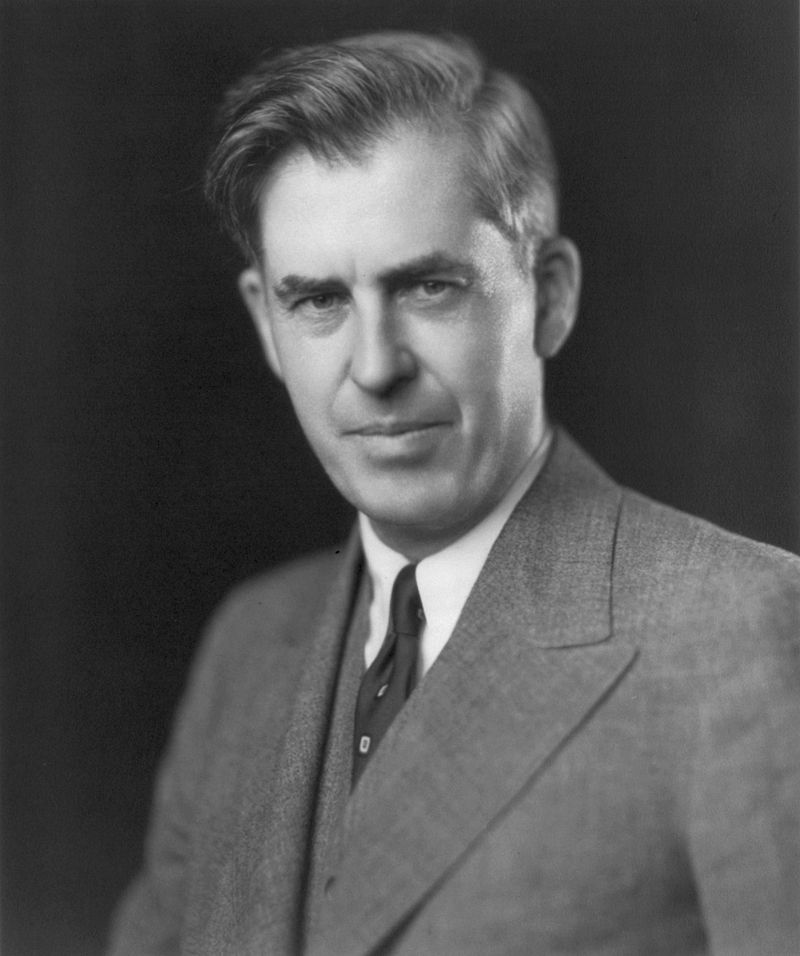In the darkness of these Midwest winter months, a new exhibit comes to our reading room to shed light on nine nearly forgotten Iowa women writers. Lanterns in Their Hands: Nine Nearly Forgotten Iowa Women Writers was curated by Processing Coordinator, Jacque Roethler. The exhibit examines nine women writers whose names may have faded with time,Continue reading “Lanterns in their Hands: a look at a new exhibit and its curator”
Tag Archives: jacque roethler
In Plain Sight: Autograph Collections Yield Unrealized Riches
By Jacque Roethler, Manuscripts Processing Coordinator Librarian We recently came across two autograph collections in our stacks from collectors named Charles Alrich and Peggy LeBold which we have combined into one collection. Each one was very sparsely described and their catalog entries did not tell the full story of the riches inside. One was collected by CharlesContinue reading “In Plain Sight: Autograph Collections Yield Unrealized Riches”
Dora Lee and Arthurine: A Story of Two Black Women in 1955-1956
By Jacque Roethler, Manuscripts Processing Coordinator In the firestorm that was the desegregation movement of the nineteen fifties and sixties, the experiences of two women of color makes a nuanced statement about race and its implications. Dora Lee Martin attended the University of Iowa and sixty years ago on December 10, 1955, the seventeen yearContinue reading “Dora Lee and Arthurine: A Story of Two Black Women in 1955-1956”
Henry A. Wallace, Advocate for Peace and Unity of the Americas
By Jacque Roethler, Manuscripts Processing Coordinator On the 50th anniversary of his death, we remember Henry Agard Wallace, the 33rd Vice-President of the United States, who was a man well ahead of his times. An idealist who experimented to the point of dilettantism, these avocations destroyed his political career, but he would not back downContinue reading “Henry A. Wallace, Advocate for Peace and Unity of the Americas”
New Acquisition: The Battle Creek System of Health Training
By Jacque Roethler The Battle Creek Sanitarium was opened in 1866 by John Harvey Kellogg and his brother W. K. Kellogg, promoting health through a regimen of dietetics, exercise, hydrotherapy, phototherapy, thermotherapy, electotherapy, mechanotherapy, and enemas. They were joined in this enterprise by C.W. Post. In some areas they were ahead of their time, suchContinue reading “New Acquisition: The Battle Creek System of Health Training”




